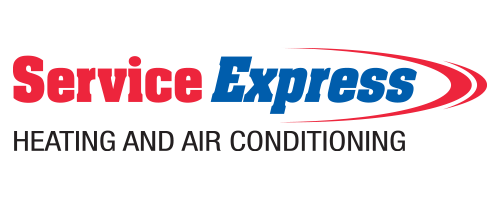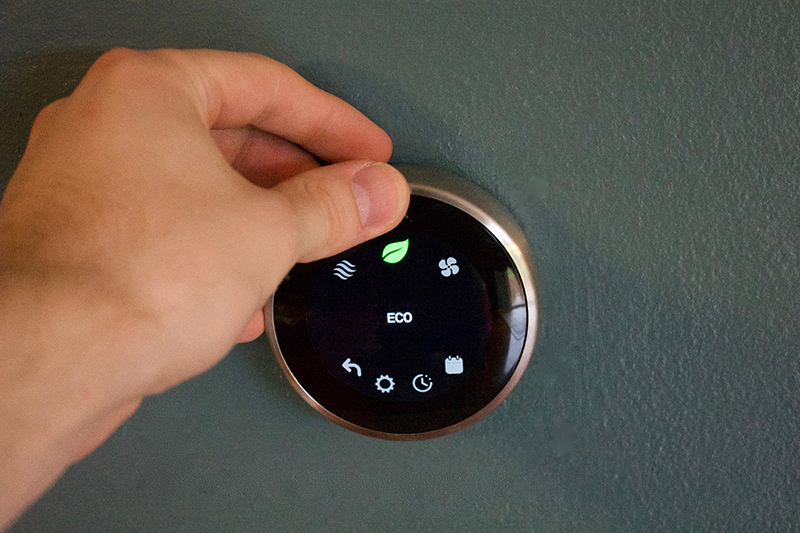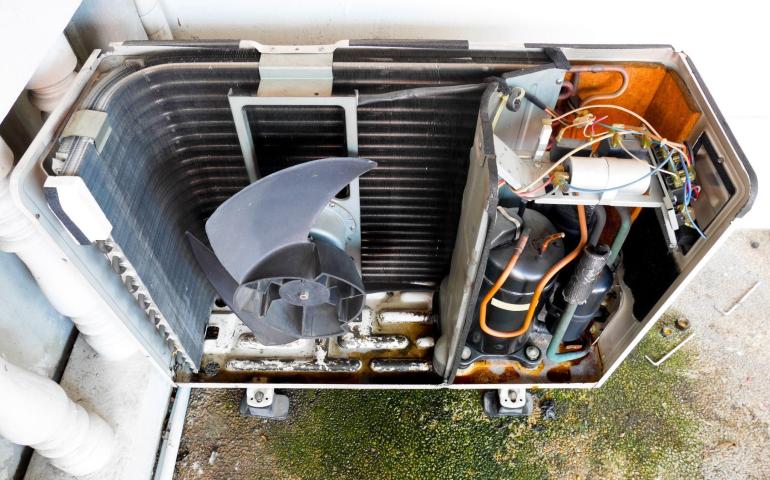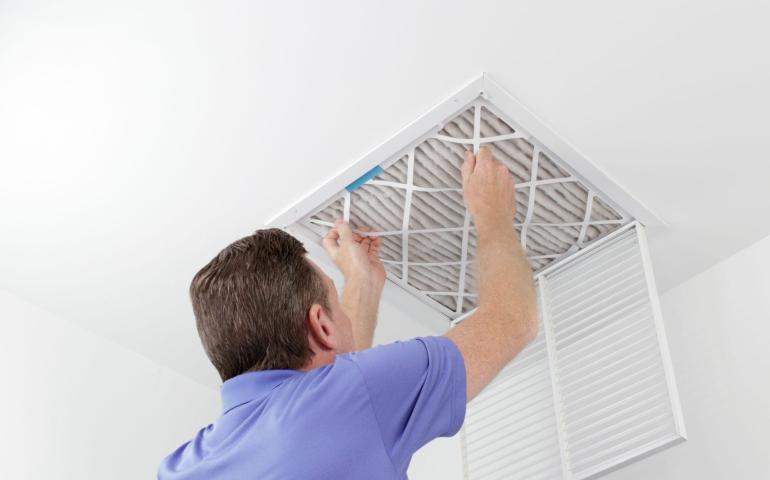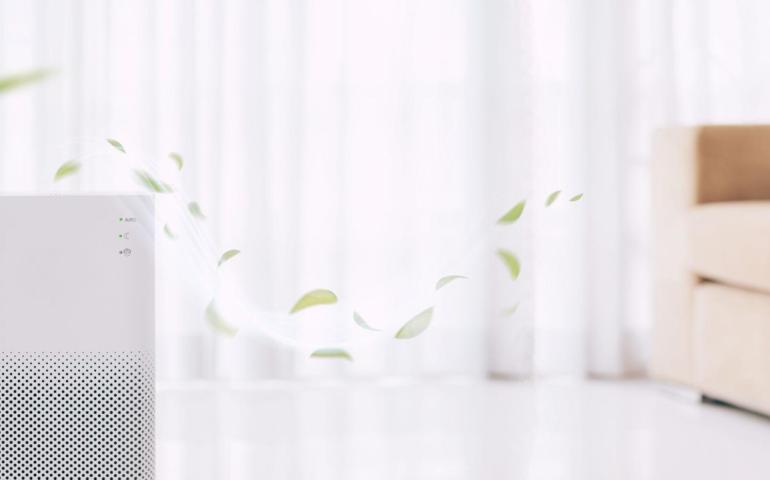What Is The Ideal Temperature for Energy Efficiency?
Energy efficiency plays a crucial role in creating a sustainable future. By optimizing our energy consumption, we can lower bills and reduce greenhouse gasses. We can also stabilize electricity prices and enhance energy security. One area where energy efficiency can have an impact is our temperature settings. Let's explore the ideal settings for optimal comfort and savings.
How Temperature Settings Impact Energy Efficiency
The temperature at which you set your thermostat affects your energy consumption. This means that it also affects your utility bills. During colder months, setting your thermostat too high can lead to excessive heating. This can lead to unnecessary energy consumption. Every degree increase above the ideal temperature increases energy usage by around 3-5%. Finding the right balance between comfort and energy savings is crucial. During warmer months, setting your thermostat too low can lead to excessive cooling. This also leads to higher energy consumption. Adjusting the temperature higher can reduce energy usage.
Ideal Temperature Settings for Optimal Energy Efficiency
Personal preferences for your home's temperature will vary. But following these guidelines can help you achieve optimal energy efficiency. During winter, set your thermostat to around 68°F (20°C) when you are awake and at home. Lowering the temperature by a few degrees when you sleep or are away can provide extra savings. During summer, set your thermostat to around 78°F (25°C) when you are at home. When you are away or asleep, raise the temperature a few degrees to conserve energy.
Tips to Maximize Comfort and Savings
Apart from temperature settings, here are some extra tips to enhance energy efficiency.
- Use a Programmable Thermostat. A programmable thermostat that allows you to adjust temperatures based on your schedule. This helps optimize comfort while minimizing energy waste.
- Use Natural Ventilation. Take advantage of natural ventilation by opening windows during moderate weather conditions. This can provide fresh air and reduce reliance on heating or cooling systems.
- Maintain Your HVAC System. Be sure to maintain your HVAC system to ensure optimal performance. Clean or replace air filters as recommended. Schedule professional maintenance to keep your system efficient.
- Insulate and Seal Drafts. Proper insulation and sealing of your home's windows, doors, and ductwork is vital. It can prevent heat loss during winter and keep cool air inside during summer. This reduces the workload on your HVAC system and improves energy efficiency.
- Smart Energy Consumption Habits. Practice energy-saving habits. Turn off lights when not in use. Use energy-efficient appliances. Unplug electronics when not in use. These small changes can add up to significant energy savings over time.
Contact Us
Choosing the ideal temperature settings for energy efficiency is simple yet effective. You can reduce your carbon footprint and save on energy costs. By finding the balance between comfort and conservation, you can be more sustainable . You can help to contribute to a greener future. Follow the suggested temperature settings and the tips provided in this blog. If you need help improving your efficiency, contact us. We can help you to maximize comfort and savings while prioritizing energy efficiency.
